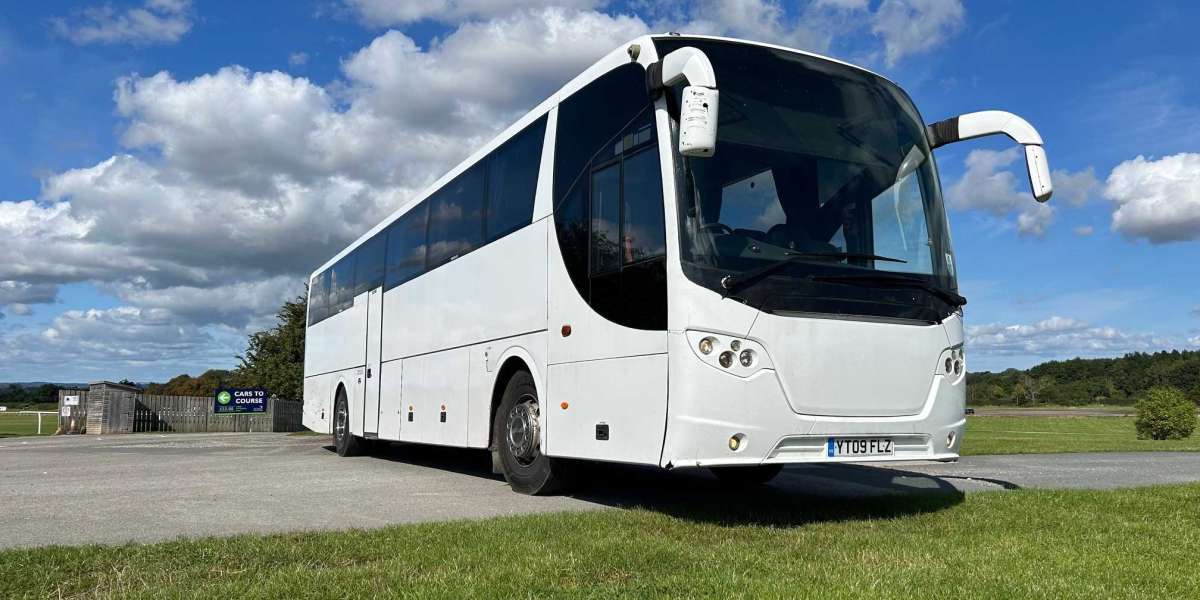1. Introduction
Barcelona, a vibrant city nestled along the northeastern coast of Spain, attracts millions of tourists each year with its unique blend of modernity and tradition. With attractions like the Sagrada Família, Park Güell, and the bustling La Rambla, navigating the city comfortably and efficiently is crucial. While the metro and buses are popular, taxis in Barcelona offer a convenient and reliable transportation option for those who value comfort, speed, and direct routes.
2. Recognizing Official Taxis in Barcelona
Taxis in Barcelona are easily recognizable by their distinctive black and yellow colors. These official vehicles are regulated by the Barcelona Metropolitan Area (AMB), ensuring they meet safety and fare standards. Each taxi displays a green or red light on the roof indicating availability. A green light means the taxi is available for hire, while a red light or a “libre” sign turned off means it’s occupied. For added security, official taxis carry a visible license plate and a registration number inside the vehicle.
3. How to Hail a Taxi in Barcelona
There are several ways to hail taxis in Barcelona. The most traditional method is by flagging one down on the street, especially in high-traffic areas like Plaça de Catalunya, the Gothic Quarter, or near train stations and hotels. Alternatively, passengers can go to designated taxi ranks located throughout the city. These stands ensure orderly access to taxis, especially during busy hours. Another convenient option is booking a taxi via phone, website, or mobile apps like Free Now and TaxiClick.
4. Taxi Fares and Pricing Structure
Taxis in Barcelona operate with regulated meters. The fare system is transparent and structured around time of day, day of the week, and distance traveled. Daytime rides on weekdays typically follow Tariff 1, while nights and weekends apply Tariff 2, which includes slightly higher base charges. Tariff 3 is used for airport trips and some special cases. Extra charges may apply for airport pickups, luggage, or pre-bookings. All prices must be visibly displayed inside the vehicle, ensuring transparency.
5. Airport Transfers and Taxi Services
Barcelona–El Prat Airport is approximately 12 kilometers from the city center, and taxis provide one of the easiest ways to travel between the airport and your accommodation. Taxis in Barcelona offer 24/7 airport service, which is especially convenient for early morning or late-night flights. The average fare from the airport to downtown Barcelona ranges between €30 to €40, including surcharges. It is also common for travelers to choose taxis over public transport when carrying heavy luggage or when time is of the essence.
6. Taxi Etiquette and Tips in Barcelona
Tipping in Barcelona is not mandatory but is appreciated. If the service is good, it’s customary to round up the fare or add a small tip of 5–10%. Most taxi drivers are courteous, professional, and know their way around the city. However, if there is a language barrier, showing your destination on a map or your smartphone can help. It’s also advisable to carry cash, although many taxis now accept card payments. Always ask if card payment is available before starting the ride.
7. Accessibility and Special Needs
Barcelona is committed to accessibility, and this includes the city’s taxi services. Many taxis in Barcelona are equipped to accommodate passengers with reduced mobility. These vehicles have ramps, larger interiors, and are marked with appropriate signage. Passengers who need such services can request them specifically when booking by phone or via an app. This makes it easier for elderly passengers or those with disabilities to enjoy the city with minimal inconvenience.
8. Safety and Reliability of Taxis in Barcelona
One of the significant advantages of using official taxis in Barcelona is their safety and reliability. All drivers must pass background checks, possess the proper licenses, and undergo training. The vehicles are inspected regularly to meet legal standards, and the fares are monitored by the city’s authorities. Passengers can always request a receipt, which includes the taxi’s ID number and details of the journey—a helpful resource in case of lost items or disputes.
9. Alternatives to Traditional Taxis
While taxis in Barcelona offer an excellent service, some travelers might prefer private car hire services such as Uber or Cabify. However, these services are limited in Barcelona due to strict regulations. Cabify operates under specific rules and is often more expensive than traditional taxis. For quick and direct travel, taxis remain a preferred choice, especially when compared to the potential wait times and higher costs of ride-hailing apps in the city.
10. Conclusion
Whether you’re a first-time visitor or a local needing efficient transportation, taxis in Barcelona provide a trustworthy, regulated, and convenient way to travel. From airport pickups to late-night rides across the city, these black-and-yellow cars are a vital part of the city’s transport network. Understanding how the system works, being aware of the costs, and knowing your rights as a passenger will ensure a smooth and pleasant taxi experience in Barcelona. So next time you’re in the Catalan capital, consider hopping into a taxi for a hassle-free ride across this beautiful Mediterranean city.













